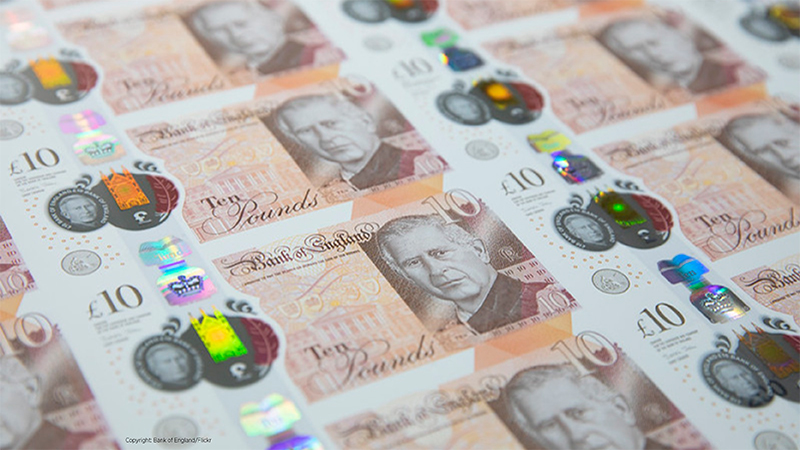Inflation in the UK stayed at 8.7% for a second month in May, according to the Office for National Statistics.
A bigger concern however is that core inflation, which reduces the impact of global factors by stripping out food and energy costs, rose to 7.1% from 6.8% a month earlier.
The figures guarantee a further rate rise by the Bank of England this month, and may even prompt a 0.5% rise from the current 4.5%, rather than 0.25%.
The higher-than-expected numbers have prompted forecasters to push up their peak rate prediction for the UK to as high as 6%, from 5.25%.
The news sent the largely domestic facing FTSE 250 down 0.5% to 18,654, while the FTSE 100 was virtually unmoved at 7569 on Wednesday morning.
Danni Hewson, AJ Bell’s head of financial analysis, commented: “Markets had been erring on the side of caution when it came to pricing in how quickly UK inflation is falling, but the news that there’s been no change in the headline CPI rate will send something of shiver through even the hardiest spectator.”
“Inflation had been expected to fall – at least a bit – but it hasn’t obliged, remaining stubbornly sticky and cementing the prospect of a rate rise tomorrow as well as raising expectation that the hike will be higher than had been previously anticipated.
“There is a tiny bit of good news hidden in this troubling update from the ONS and that’s the rate at which food prices are rising, which has slowed, but it will be little comfort to all those facing huge increases in their monthly mortgage payments,” she continued.
“Central bankers will be chilled by the news that inflation is up in the service sector. Prices in bars and restaurants, cinemas and museums, chiropractors and dentists have all risen as those much-discussed wage hikes begin to filter through.
“Two-year gilt yields have shot up to the highest since 2008 and markets are now split on whether the Bank will raise rates by just a quarter percent or go further, with a 50 basis point hike now very much in play.”
James Henderson, manager of Henderson Opportunities Trust and Lowland Investment Company, noted time lags may partially explain the situation.
“Today’s figures show that the inflation rate remains stubbornly high,” he said. “We must consider, however, that inflation tends to be a lagging indicator of where the real economy is.
“We have already seen some food prices fall quite dramatically – the price of barley, for example, has fallen around 40% – and we are seeing softness in certain parts of the labour market, neither of which are reflected by today’s headline figure.
“This lag may be the reason the Bank of England was slow to put interest rates up to begin with, so investors will be watching to see how it responds to today’s figures when making its decision on interest rates tomorrow,” he continued.
“Ultimately, investors are looking for a stabilisation and eventual reduction in rates to help combat some of the uncertainty they currently face. UK companies have already reduced their costs in response to the current environment so a fall in interest rates could lead to an improvement in operating profits on a reduced cost basis.”









